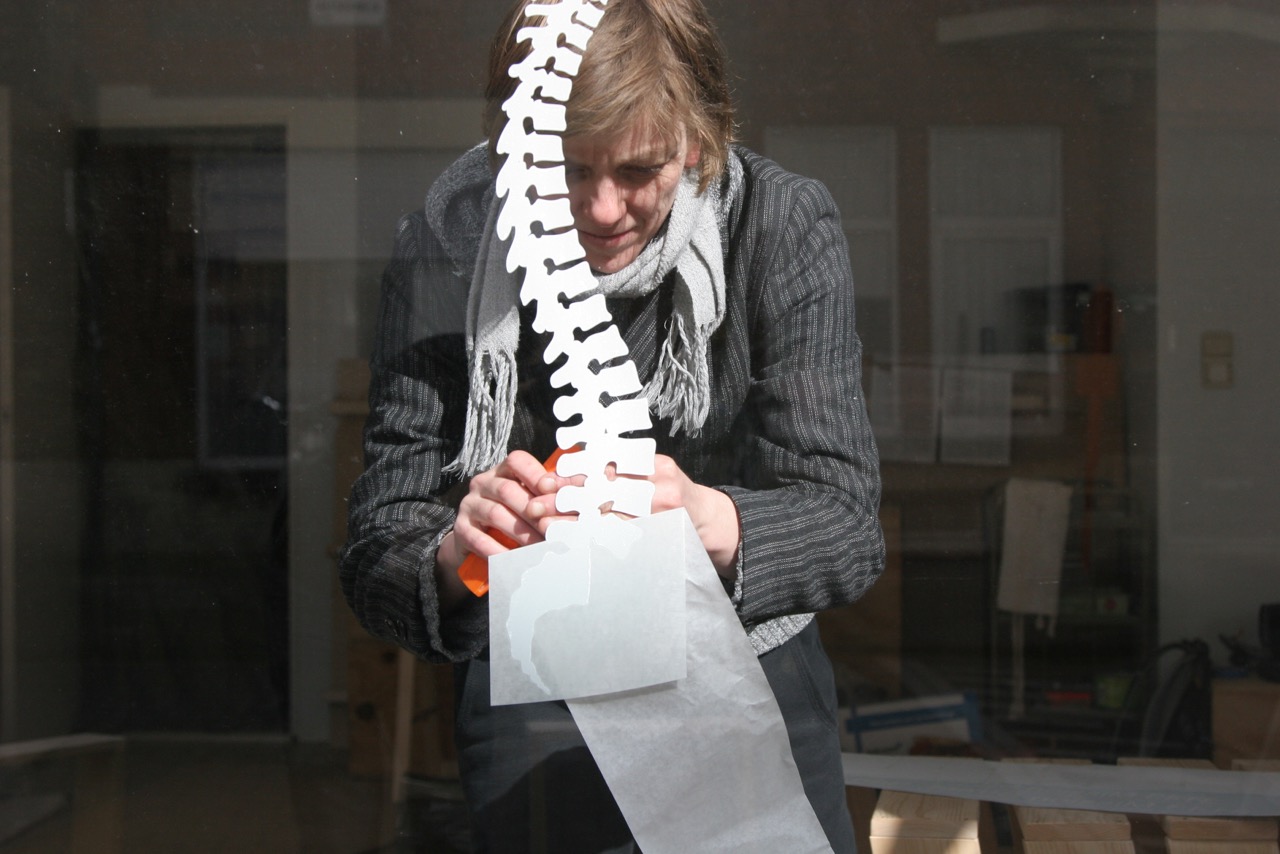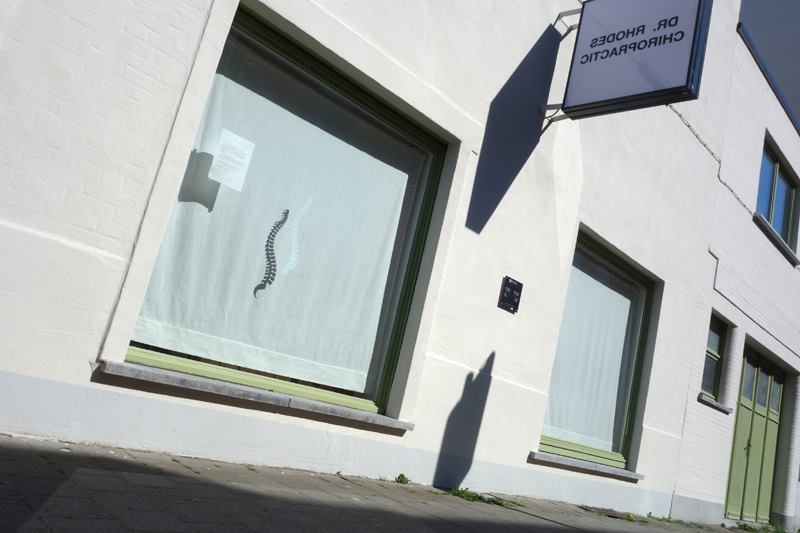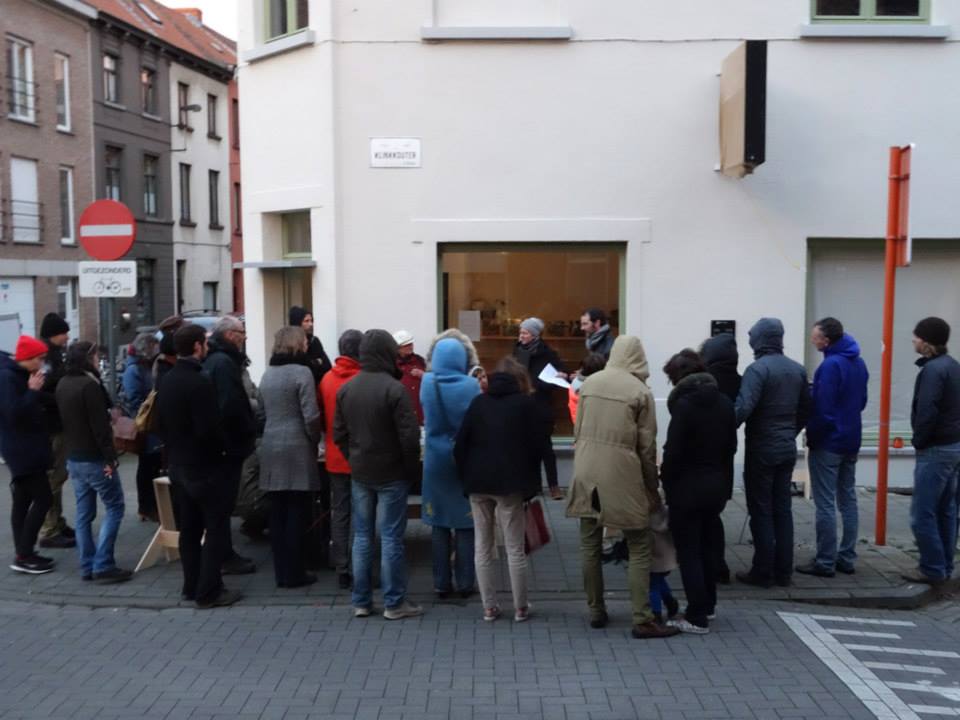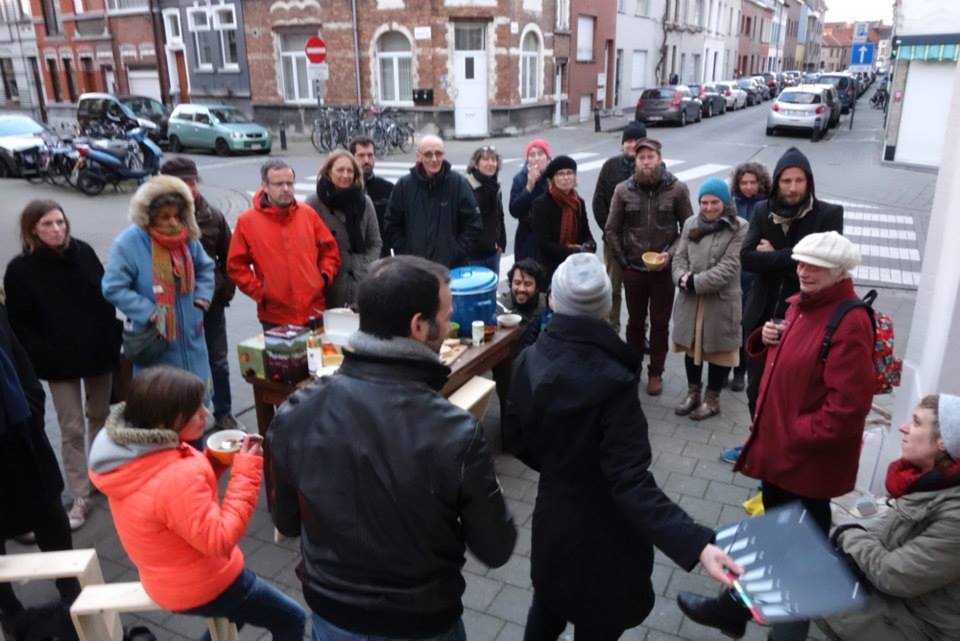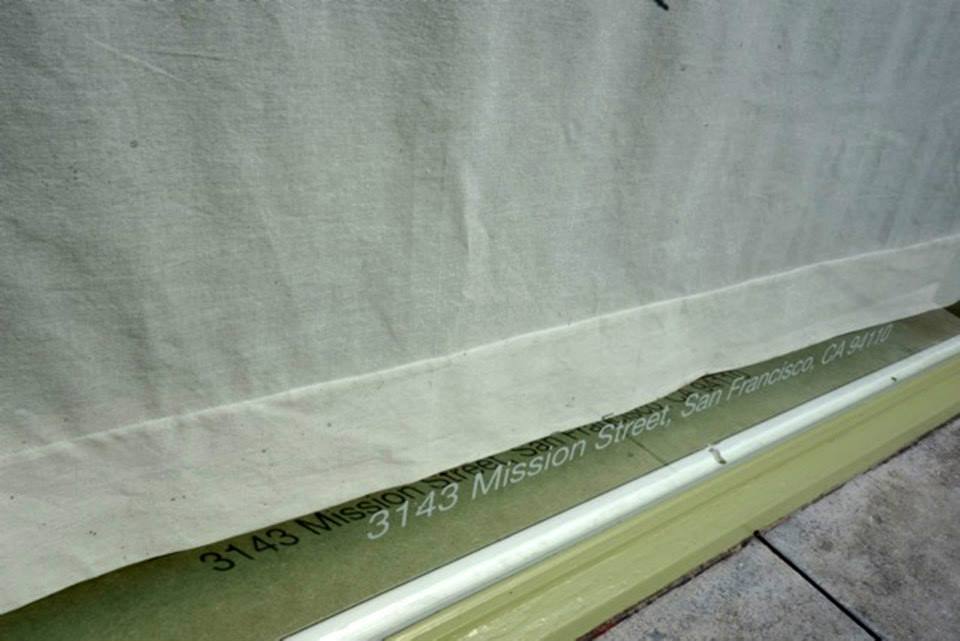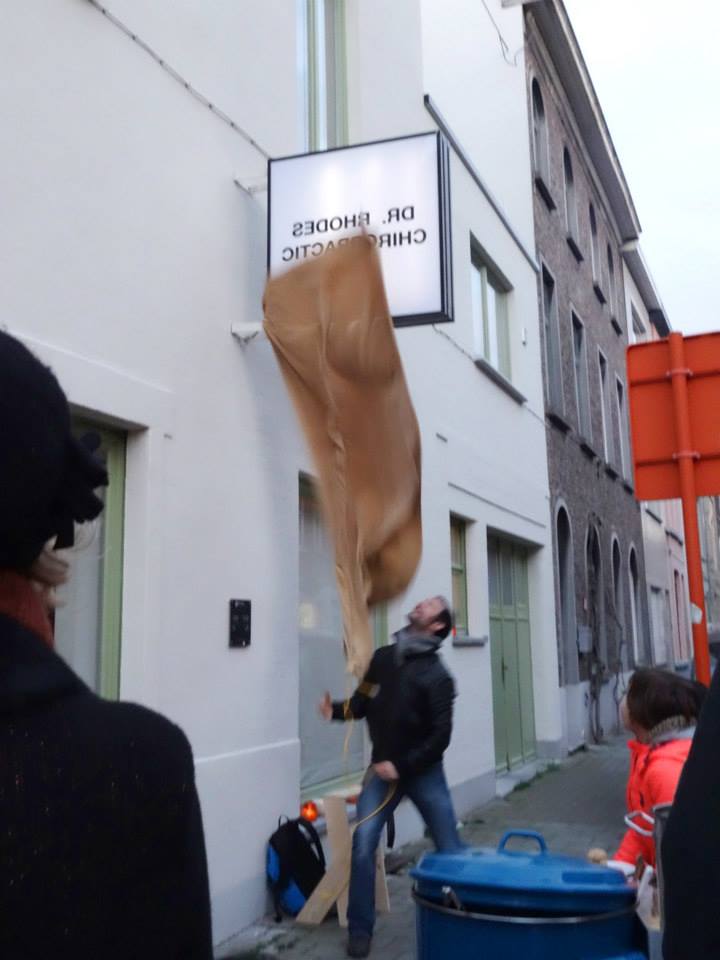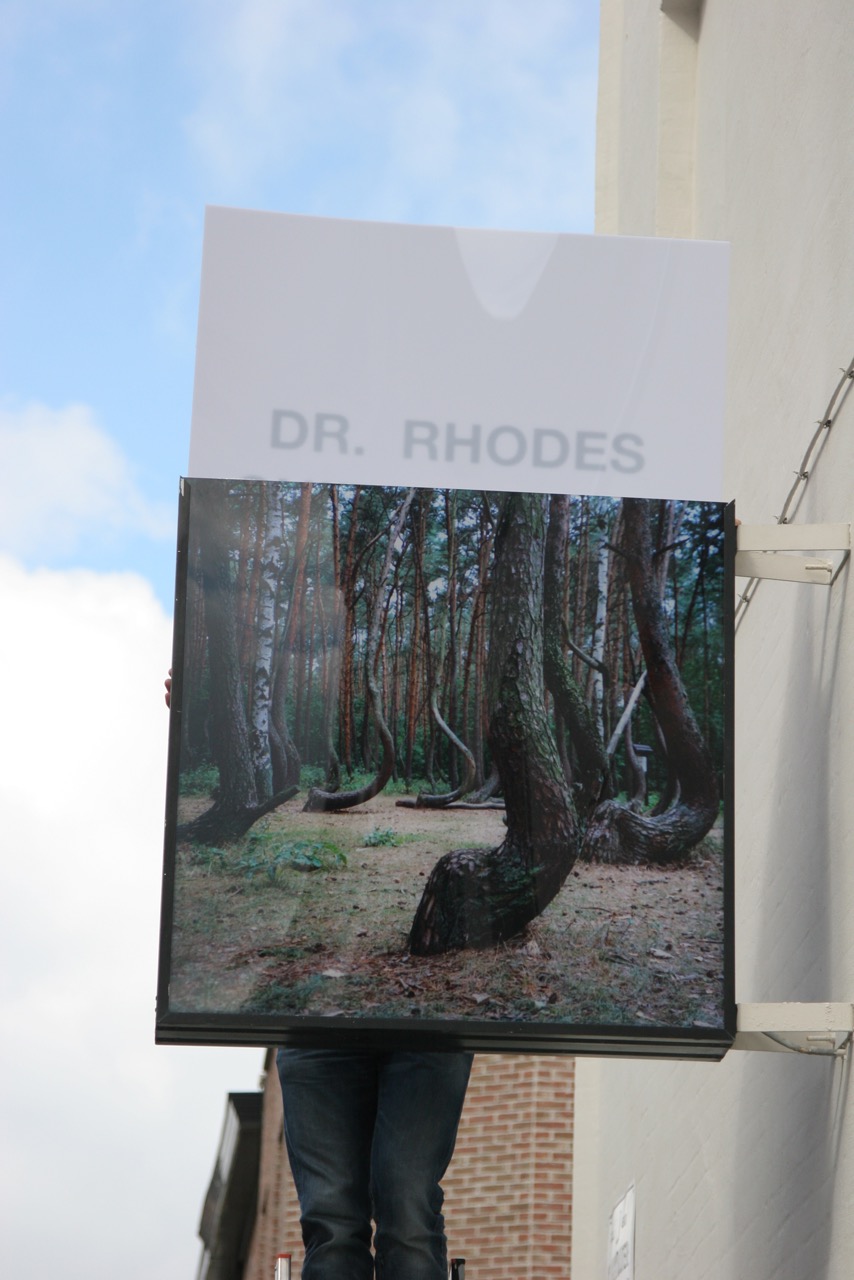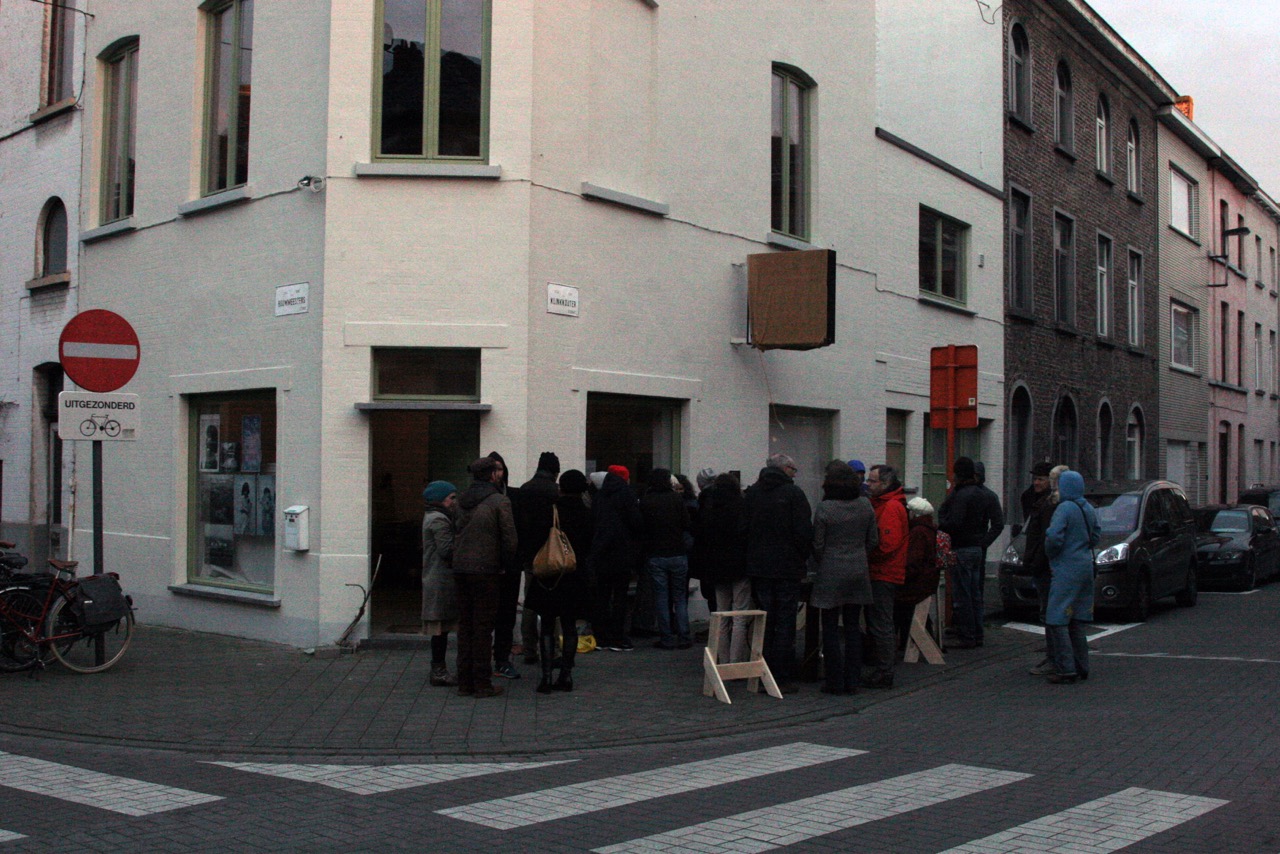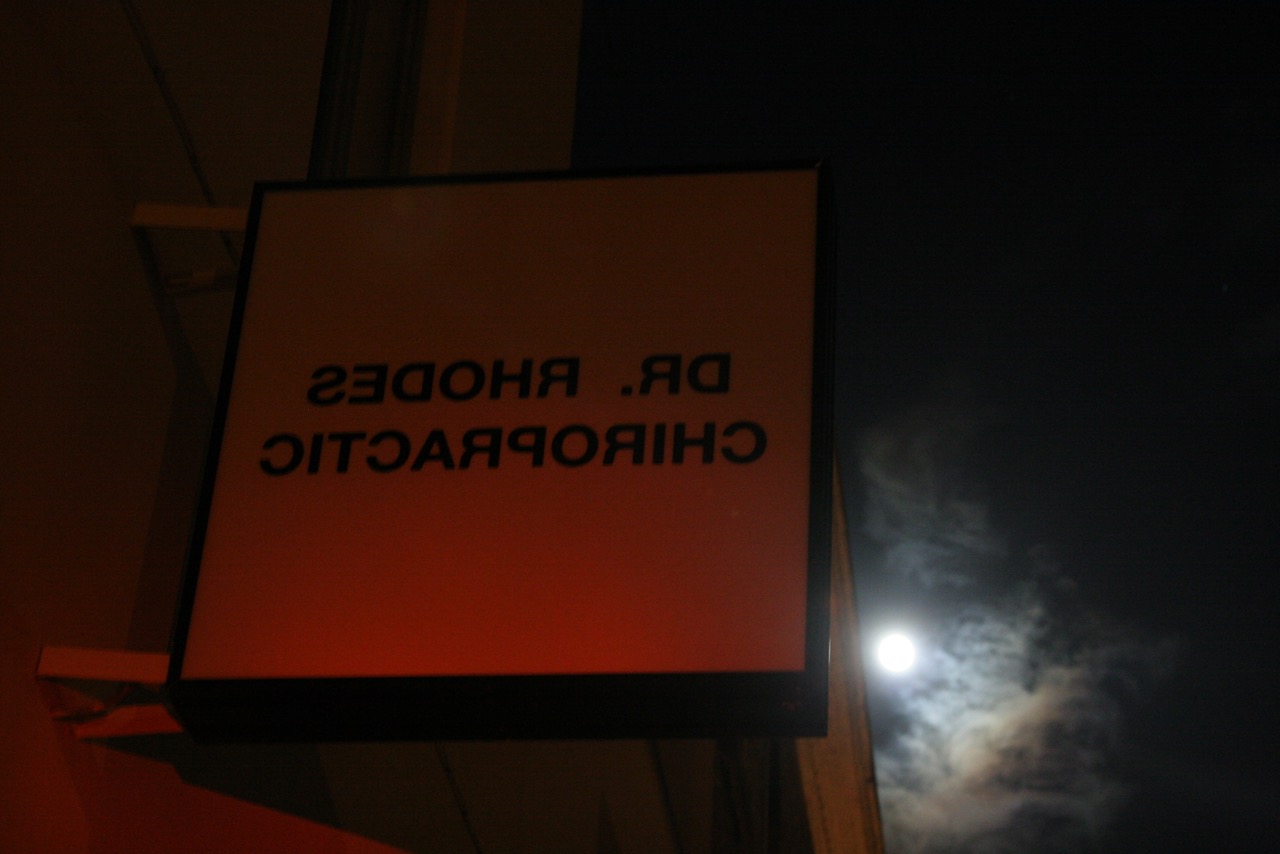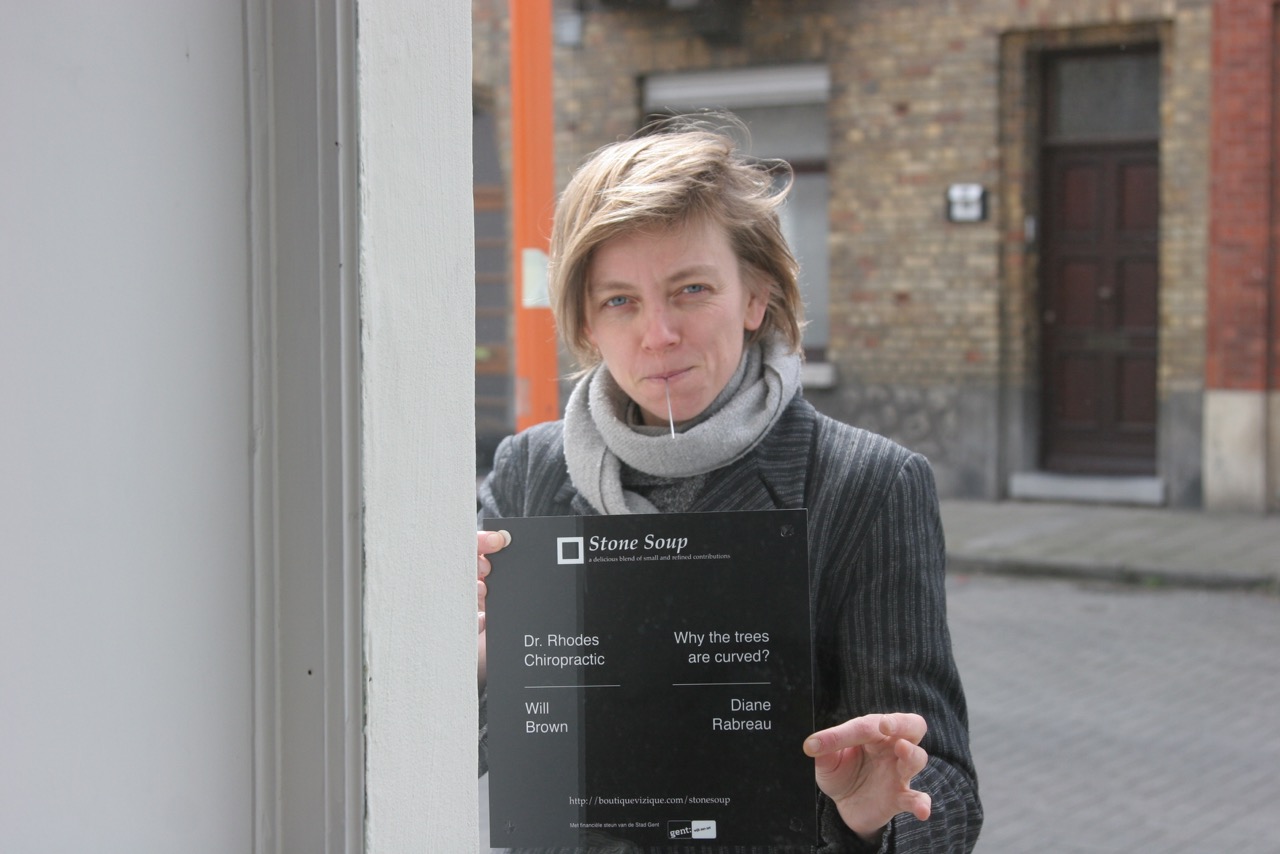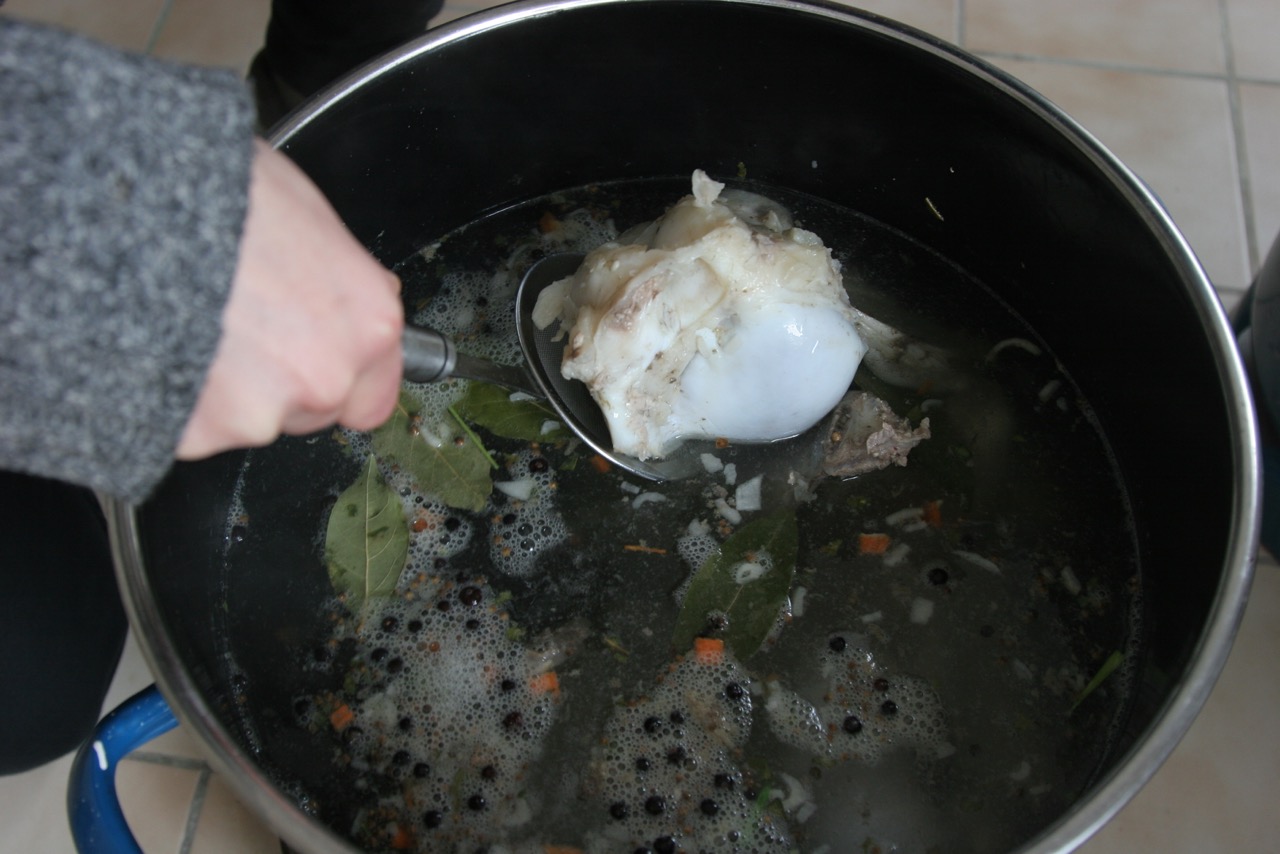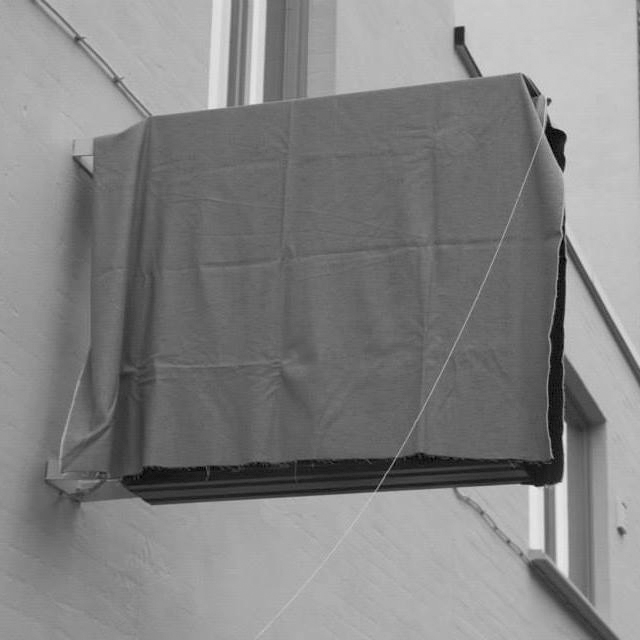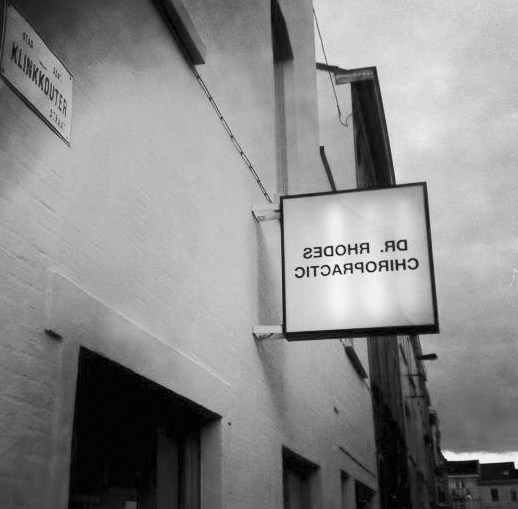
"Stone Soup" is a project initiated, curated, produced, and funded by the Belgian artist duo Boutique Vizique in collaboration with artist Caroline Vincart. "Stone Soup" offers artists a platform for artists to present their work in a light box mounted on a wall in Ghent, Belgium. In an alternating process, each work stays up for a year, placed against the back of a different image every six months. The new work replaces the oldest of the two images, thus creating a new dialogue each time.
Artists: Caroline Vincart (BEL), Jeff Warrin (USA), Tinka Pittoors (BEL), Leslie Shows (USA), Honoré d’O (BEL), Myra Van Ameringe (USA), Clare Noonan (NZL), Diane Rabreau (FR), Will Brown (USA)
We’ve walked the same stretch of San Francisco’s Mission Street for years, visiting the same restaurants, bars, and shops, but it wasn’t until about two years ago that we noticed “Dr. Rhodes Chiropractic.” The sign stuck out because the text was displayed backwards, a surreal addition to the local advertising landscape. It was a small, dyslexic flaw, but we couldn’t stop thinking about it.
Dr. Rhodes eventually packed up his or her business, but the sign remained for some time. Was it a mistake that never got corrected? Was it intentionally installed backwards? Did it lead to the demise of the business? Either way, no one other than us seemed to notice.
The sign is now gone and the only other documentation of it (via Google Maps), show it installed the correct way, left to right. Did anyone else see it backwards?
We pass on this small disruption to our friends in St-Amandsberg.
Stone Soup also comes with a soup for the present public on opening night. We requested something with marrow. Below is the recipe as prepared that evening.
Beenmergsoep
"First we made broth or stock by slowly boiling bones of veal or beef with vegetables, herbs and spices in a big kettle. Caroline got a bucket (about 3kg I suppose) filled with fresh bones from the local butcher Serry. On Fridays they part / butcher a whole animal.
The bones were shortly blanched in boiling water to reduce the deposit of blood. Afterwards we washed them thoroughly under streaming water. When I do this again I would roast the bones in the oven first. This should improve to flavour even more.
The bones went in a big blue pot with cold water and a dash of vinegar. The fire was lit (softly). The pot was closed and we didn’t watch it for about an half an hour. The vegetables go in later as they would be in the way to skim the stock (3 times according to grandmothers recipe). A cloud or veil with impurities should rise up from the bottom and needs to be scooped off with a skimmer or spoon to make the stock as clear as possible. This did not really happen here (or we missed the moment). Instead of foamy layer eyes of grease started to rise. You scan scoop that off as well to make your broth light but we did not do it.
After about an hour of boiling we added coarsely chopped onions, carrots, leek and celery stalks (all organic, so there was no need to peel the carrots). We added salt (moderate), black peppercorns, fresh garlic, bay leaf, thyme and more dried spices and herbs from a Court-bouillon mix with coriander, yellow mustard seeds, juniper berries, dill and cloves. We let it simmer for 3 to 4 hours on a moderate fire.
We removed the bones with a slotted spoon and pour the stock through a fine-mesh strainer into a second kettle to remove all the bits of bone and vegetable. There was no time to to let it cool down as most recipes demand. Instead we started to make the final soup chopping another collection of vegetables as carrots, leek (the white parts only), celeriac, zucchini in small dices. The vegetables were fried in olive oil and then added to the stock turning it into soup. We let it simmer gently for about an hour more.
We served it with chopped parsley and Backerbsen (some kind of soup pearls from Tyrol)."
